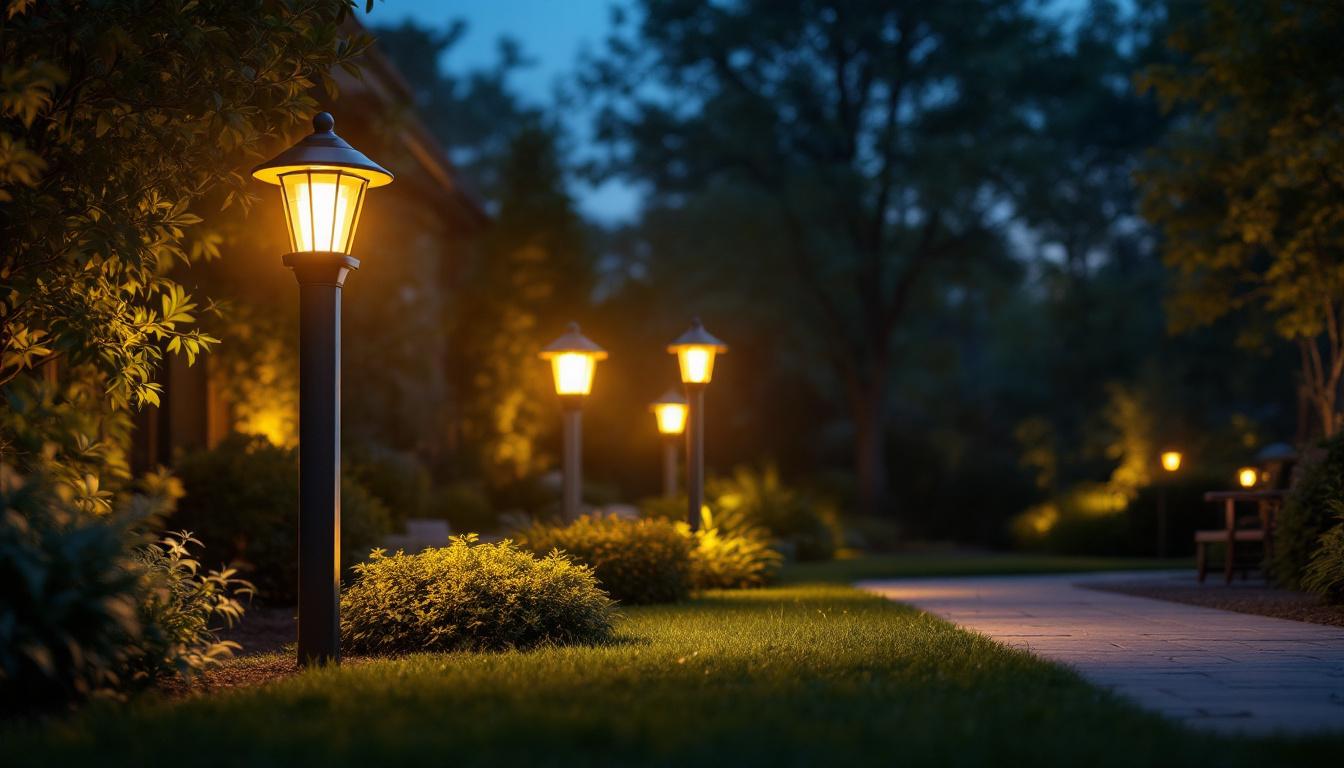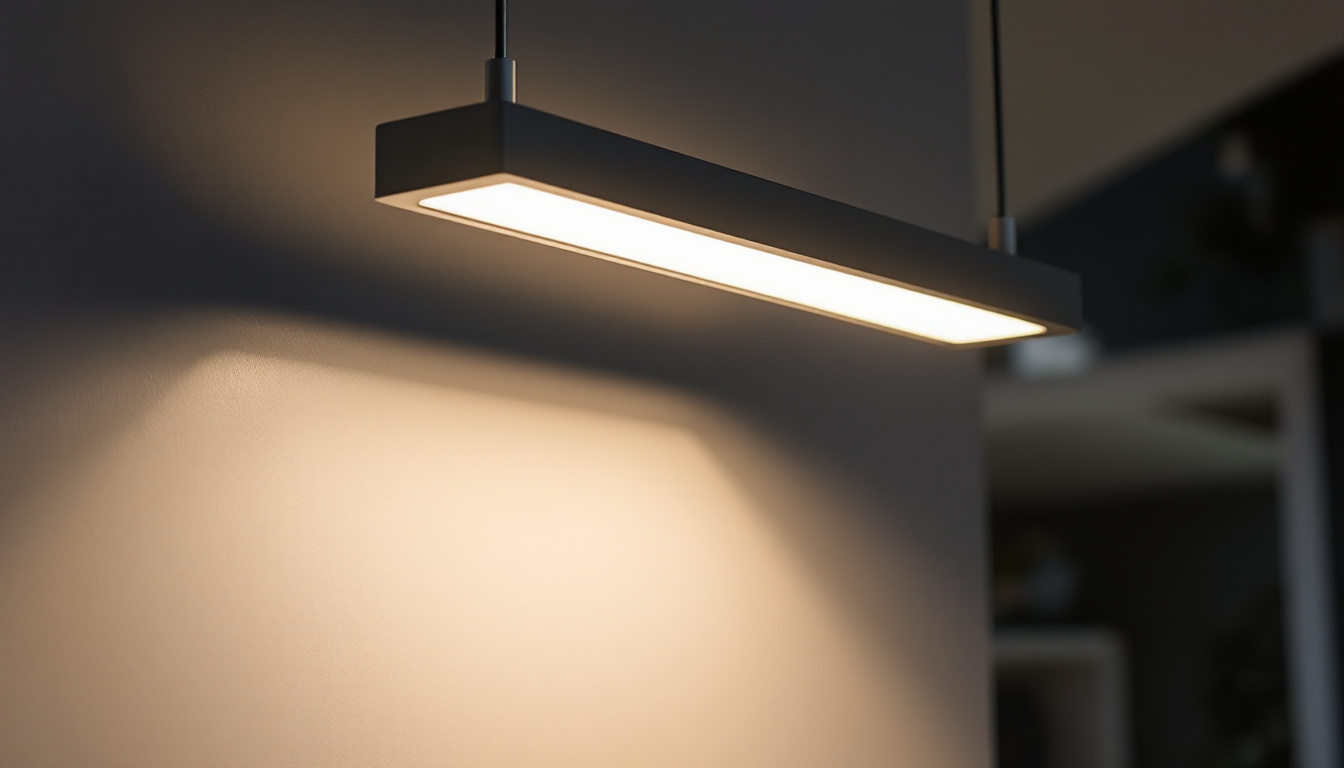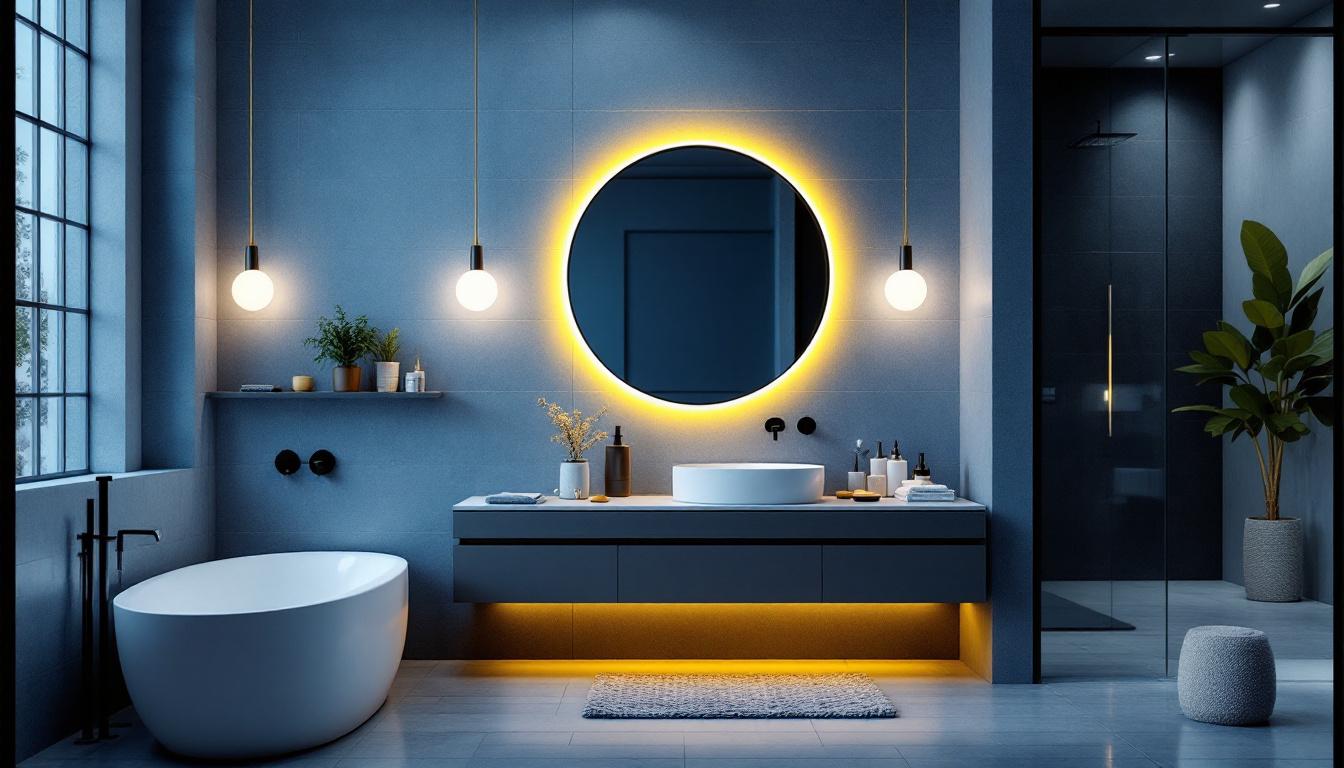
Lighting plays a crucial role in enhancing the aesthetics and functionality of outdoor spaces. For lighting contractors, understanding the nuances of large post lights is essential to delivering quality installations that meet client expectations. This guide will delve into the key considerations for selecting the right large post lights, ensuring that contractors can make informed decisions for their projects.
Large post lights are typically used in outdoor settings to illuminate pathways, driveways, parks, and commercial areas. Their design and functionality can significantly influence the ambiance and safety of these spaces. They come in various styles, sizes, and materials, making it essential for contractors to understand the options available.
There are several types of large post lights, each serving different purposes and aesthetic preferences. The most common types include:
Understanding these types allows contractors to align their choices with the specific requirements of a project, ensuring both functionality and style. Additionally, the choice of post light can also reflect the character of the surrounding environment; for instance, traditional lanterns can enhance the charm of a vintage neighborhood, while modern fixtures can complement the clean lines of a newly developed urban area. Furthermore, solar-powered lights not only contribute to sustainability but also offer flexibility in placement, as they do not require wiring, making them ideal for remote or landscaped areas.
When selecting large post lights, several features should be taken into account:
By carefully evaluating these features, contractors can ensure that the chosen lights will meet the functional and aesthetic needs of their clients. Moreover, the choice of materials can also impact maintenance; for instance, stainless steel may resist corrosion better than aluminum in coastal areas, while polycarbonate can be more resilient against impacts in high-traffic zones. Additionally, considering the light source is crucial not only for energy efficiency but also for the quality of light produced; warm white LEDs can create a welcoming atmosphere, while cooler tones may be more suitable for security-focused applications. Understanding these nuances can significantly enhance the overall effectiveness of outdoor lighting designs.
Before making a selection, it is crucial for contractors to assess the specific requirements of each project. This involves understanding the intended use of the lighting, the surrounding environment, and any regulatory considerations.
Identifying the primary purpose of the lighting is the first step in the assessment process. For instance, is the goal to enhance safety, improve visibility, or create an inviting atmosphere? Each purpose may necessitate different lighting characteristics. For example, safety lighting may require brighter fixtures with a wider beam spread, while decorative lighting may prioritize style over intensity. Additionally, in commercial spaces, the purpose of lighting can extend to influencing customer behavior; research indicates that well-placed, warm lighting can encourage longer visits and increased spending in retail environments. Understanding these nuances can significantly impact the overall effectiveness of the lighting design.
The environment in which the lights will be installed also plays a significant role in the selection process. Factors such as weather conditions, proximity to water, and local wildlife can influence the durability and design of the fixtures. For example, coastal areas may require corrosion-resistant materials, while locations with heavy snowfall may benefit from fixtures designed to withstand harsh conditions. Furthermore, the surrounding landscape should be taken into account; natural features like trees and hills can obstruct light, necessitating strategic placement and possibly more powerful fixtures to achieve the desired illumination. Understanding the interplay between natural and artificial light can enhance the overall aesthetic and functionality of the space.
Contractors must also be aware of local regulations and codes regarding outdoor lighting. These regulations may dictate aspects such as light pollution, fixture height, and energy efficiency standards. Ensuring compliance not only avoids potential fines but also enhances the overall quality of the installation. Moreover, many municipalities are increasingly adopting stricter guidelines to mitigate light pollution and protect nocturnal wildlife, which can impact the design choices available to contractors. Being proactive in understanding these regulations can lead to innovative solutions that not only meet legal requirements but also contribute to sustainable practices, such as the use of LED technology that consumes less energy and has a longer lifespan. This foresight can ultimately benefit both the contractor and the client by fostering a more responsible approach to lighting design.
The aesthetic appeal of large post lights can significantly impact the overall look of a project. Therefore, contractors should consider how the chosen fixtures will complement the surrounding architecture and landscape. The right lighting not only enhances visibility but also accentuates architectural features and creates a welcoming atmosphere, making it a crucial element in outdoor design.
When selecting post lights, it is essential to match the style of the fixtures with the existing architecture and landscaping. For instance, traditional lanterns may suit a historic building, while modern fixtures might be better suited for a contemporary home. This consideration helps create a cohesive look that enhances the overall appeal of the space. Additionally, the materials used in the post lights—such as wrought iron, aluminum, or even wood—can further influence the design narrative. A rustic wooden post light might blend seamlessly with a garden setting, while sleek metal fixtures can add a touch of sophistication to a minimalist landscape.
The color temperature of the light emitted by the fixtures also affects the ambiance of the area. Warm white light can create a cozy and inviting atmosphere, while cooler temperatures may offer a more modern and energetic feel. Contractors should consider the desired mood of the space when selecting the color temperature of the lights. Furthermore, the quality of light—reflected in factors like brightness and diffusion—plays a vital role in how spaces are perceived at night. Well-diffused light can soften harsh shadows, making pathways safer and more inviting, while focused beams can highlight specific features like garden sculptures or architectural details, adding depth and interest to the nighttime landscape.
In today’s environmentally conscious market, energy efficiency is a significant consideration for lighting contractors. Selecting energy-efficient fixtures not only reduces operating costs but also appeals to eco-minded clients.
LED lights are widely recognized for their energy efficiency and longevity. They consume significantly less power compared to traditional incandescent bulbs and have a much longer lifespan, reducing the frequency of replacements. This can lead to substantial cost savings over time, making them an attractive option for contractors and clients alike.
Solar-powered lights are another sustainable choice that can be particularly beneficial in areas with ample sunlight. These fixtures harness solar energy during the day and illuminate at night, providing an eco-friendly lighting solution. However, contractors should assess the location’s sunlight exposure to ensure optimal performance.
The installation process for large post lights can vary based on the type of fixture and the specific project requirements. Understanding the installation nuances is crucial for ensuring a successful outcome.
Before installation, proper site preparation is essential. This may involve clearing the area, ensuring stable ground for the posts, and planning the layout for optimal light distribution. Contractors should also consider the accessibility of the site for both installation and maintenance purposes.
For electrically powered fixtures, ensuring safe and compliant electrical connections is paramount. This may involve trenching for underground wiring, adhering to local codes, and ensuring that all connections are weatherproof. Contractors should also consider the placement of transformers or solar panels if applicable.
Post installation, maintenance considerations should not be overlooked. Contractors should ensure that the fixtures are easily accessible for bulb replacements, cleaning, and repairs. This foresight can save time and effort in the long run, ensuring that the lights remain functional and aesthetically pleasing.
Budgeting is a critical aspect of any lighting project. Understanding the costs associated with large post lights can help contractors provide accurate estimates to their clients.
While the initial cost of high-quality fixtures may be higher, the long-term savings associated with energy efficiency and reduced maintenance should be factored into the overall budget. Contractors should communicate these benefits to clients, helping them understand the value of investing in quality lighting solutions.
Finding the right balance between quality and budget is essential. Contractors should research various manufacturers and suppliers to identify options that meet project requirements without compromising quality. This may involve comparing warranties, materials, and customer reviews to ensure a wise investment.
Choosing the right large post lights is a multifaceted process that requires careful consideration of various factors, including project requirements, design aesthetics, energy efficiency, installation logistics, and budget constraints. By understanding these elements, lighting contractors can make informed decisions that not only meet client expectations but also enhance the overall quality and appeal of outdoor spaces.
Ultimately, the right lighting can transform an area, providing safety, functionality, and beauty. By following this guide, contractors can ensure that they select the best large post lights for their projects, leading to satisfied clients and successful installations.
Ready to elevate your lighting projects with the best in class large post lights? Look no further than LumenWholesale, where we provide contractors with superior, spec-grade lighting solutions at unbeatable wholesale prices. Say goodbye to local distributor markups and hello to our extensive selection that meets the highest industry standards. With free shipping on bulk orders, you can trust that you’re getting premium lighting at the best value — without any hidden fees. Make your next project shine with reliability and style. Wholesale Lighting at the Best Value is just a click away.

Discover the ultimate guide to four-foot LED fixtures, covering essential features, benefits, installation tips, and energy-saving advantages.

Discover essential insights and practical tips for lighting contractors in the U.S. with our guide on the history and evolution of the light bulb.

Discover how choosing affordable vanity lights can streamline projects for lighting contractors, saving both time and money without compromising on style or quality.

Discover the importance of covered LED lights for lighting contractors, exploring their benefits in energy efficiency, safety, and design versatility.